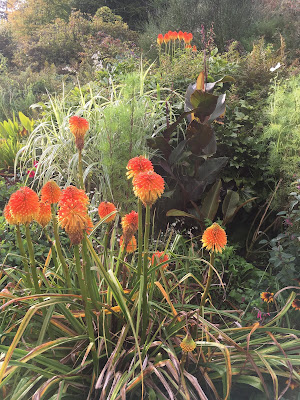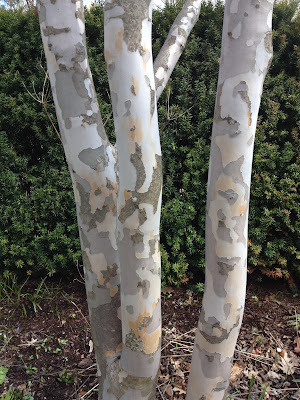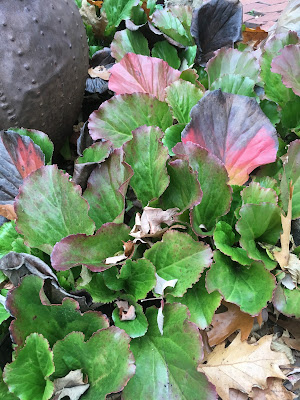The Late Summer Gardens of Southern England Tour will be September 5-14. This year, I will be leading the tour in which I hope to add a North American perspective on English gardens and give participants an insight into what ideas they could bring back to your their own gardens. I will be encouraging everyone to enter each garden with an inquisitive eye and will be a source of information about horticulture and garden design. I will also be giving a series of garden talks during the week.
Tailored for the discriminating gardener, our tour will visit some of England’s most famous gardens as well as unique private gardens. From William Kent’s masterpiece landscape garden, Rousham, to Christopher Lloyd’s innovative garden at Great Dixter, to the contemporary private
garden at Pettifers, we will see English garden design from the traditional to the cutting edge. Late summer is the perfect time to time of year to visit other people’s gardens because, as gardeners, we have a lull at the end of summer and also a period when our own gardens tend to be a little lackluster. On this tour you will see how the English end the gardening season with a resounding bang! The Itinerary can be seen here.
Pettifers
Planting at Pettifers
Rill at Rousham
Statue of Apollo at Rousham
Barnsley House and Garden
Glasshouse Borders at Wisley
Sissinghurst
Great Dixter
Prospect Cottage
Whichford Pottery
Kiftsgate
Red Border at Hidcote
Gravetye Manor
Border at Gravetye Manor
Gravetye Manor










































